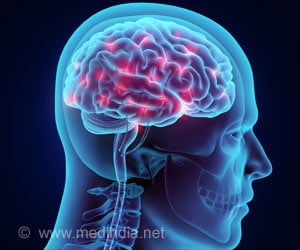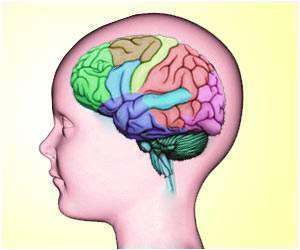- The human brain is a complex organ that makes it difficult to carry out scientific experiments.
- Scientists develop cell cultures that open new doors to study the brain.
- Stem cells are being converted into three-dimensional brain-like cultures for producing similar cells that are located inside the human midbrain.
Prof. Dr. Jens Schwamborn, said, "Our cell cultures open new doors to the brain.”
“We can now use them to study the causes of Parkinson's disease and how it could possibly be effectively treated."
The results of the study are published in the scientific journal Stem Cell Reports.
Human Midbrain - A Target for Scientists
The human midbrain can be of particular interest because:
If the neurons die, then the person may develop tremors or muscle rigidity, which are some of the common symptoms of Parkinson’s disease.
Converting Stem Cells into Brain Cells
Some induced pluripotent stem cells were used by the scientists from the LCSB. The procedure for converting the stem cells into the brain cells was developed by Anna Monzel.
Monzel described her procedure, "I had to develop a special, precisely defined cocktail of growth factors and a certain treatment method for the stem cells, so that they would differentiate in the desired direction."
An extensive preparatory work that had been done by Schwamborn’s team was studied for some years ago. These pluripotent stem cells in the petri dish may multiply and spread out to form a three-dimensional supporting structure that produces tissue-like cell cultures.
Jens Schwamborn, said, "Our subsequent examination of these artificial tissue samples revealed that various cell types characteristic of the midbrain had developed."
"The cells can transmit and process signals. We were even able to detect dopaminergic cells - just like in the midbrain."
These facts made it interesting for the Parkinson’s researchers.
Schwamborn stressed that, "On our new cell cultures, we can study the mechanisms that lead to Parkinson's much better than was ever the case before. We can test what effects environmental impacts such as pollutants have on the onset of the disease, whether there are new active agents that could possibly relieve the symptoms of Parkinson's - or whether the disease could even be cured from its very cause. We will be performing such investigations next."
Benefits of Developing Brain-like Tissue Cultures
- Opens the door to new research approaches
- Helps to reduce the amount of animal testing in brain research
- Cell cultures in the Petri dishes are human origin and resemble human brains
- Attractive economic opportunities
References
- Anna S. Monzel, Lisa M. Smits, Kathrin Hemmer, Siham Hachi, Edinson Lucumi Moreno, Thea van Wuellen, Javier Jarazo, Jonas Walter, Inga Brüggemann, Ibrahim Boussaad, Emanuel Berger, Ronan M.T. Fleming, Silvia Bolognin, Jens C. Schwamborn. Derivation of Human Midbrain-Specific Organoids from Neuroepithelial Stem Cells. Stem Cell Reports, 2017; DOI: 10.1016/j.stemcr.2017.03.010
Source-Medindia















